Lord Hoth, originally named Rohlan, was a Human male who achieved legendary status as a Jedi Master and Lord. He is renowned for commanding the Army of Light in their struggle against Lord Skere Kaan's Brotherhood of Darkness during the New Sith Wars, culminating in the decisive Ruusan campaign. Driven by a youthful ambition to eliminate the Sith menace, Hoth entered the Jedi Order, eventually becoming the battlemaster of the Coruscant Jedi Temple and the Supreme Commander of the Republic Military. He built his army from available assets, even enlisting Force-sensitive children. Hoth engaged Kaan's forces across the galaxy, leading to an assault on the Sith Lord's base on the planet Ruusan.
With the assistance of his comrade Pernicar and fellow Jedi Lord Valenthyne Farfalla, Hoth relentlessly pursued the campaign against Kaan, contending with scarce resources, diminishing morale, and severe conditions. Hoth's fiery temper was as well-known as his skill in battle, and following the death of Pernicar, a bitter conflict between Hoth and Farfalla nearly handed Kaan a victory. Despite their differences, they reconciled, enabling Hoth to confront his adversary in a final showdown. Aware that the desperate Sith would resort to a perilous Force power known as the thought bomb to avert defeat, Hoth faced him nonetheless, compelling the Brotherhood of Darkness to annihilate themselves. Hoth's self-sacrificing act heralded the beginning of a renewed Galactic Republic and effectively ended the Sith as a major galactic power for nearly a millennium of years.
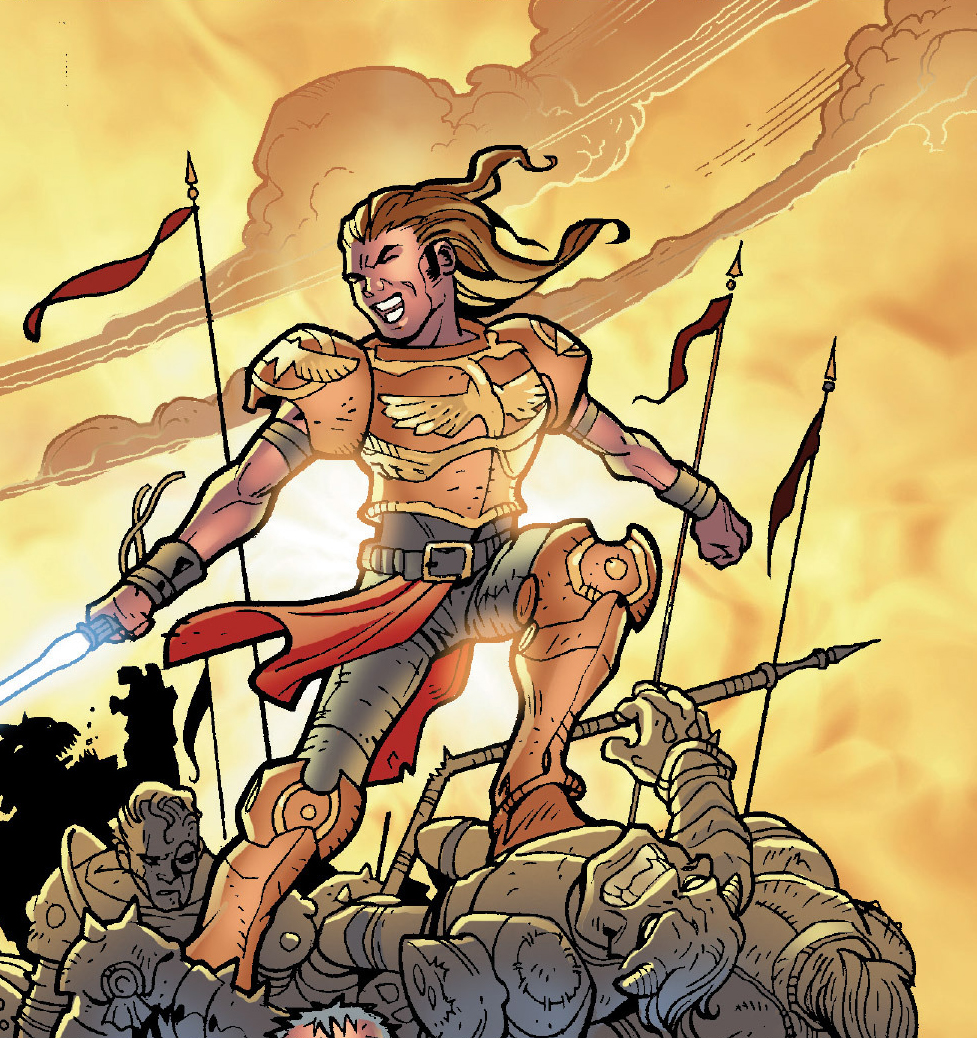
Born on Kaal during the era known as the Republic Dark Age, Rohlan, a Human male, came from a distinguished line of Jedi Lords who watched over the Yushan sector. As a young man, Rohlan was convinced that he alone could bring an end to the Sith threat to the Galactic Republic and improve the state of the galaxy. To realize this ambition, he followed his family's path and joined the Jedi Order, constructing a lightsaber with a blue blade. During his adolescence, Rohlan earned the moniker "Knight of Hoth" by liberating the Corellian Trade Spine from Sith pirates in a confrontation on the icy world of Hoth. After the Republic intervened to secure the Trade Spine, Hoth journeyed to Coruscant, where he was granted the title of Jedi Master and appointed as the battlemaster of the Jedi Temple. While Hoth was highly regarded by his students, including Initiates like Dree Vandap, Tal, and Johun Othone, whom he chose as his Padawan, tales of Hoth's triumphs over the Sith were circulated in hushed tones within the Temple, suppressed by the Jedi High Council.
When the High Council attempted to elevate Jedi Master Skere Kaan as the primary defense against the Sith, the Order suffered a major setback when their protégé defected and established the Brotherhood of Darkness. Recognizing the failure of the Jedi High Council, Hoth departed from the Temple with a group of loyal Jedi Knights and rallied the forces of the Jedi Grand Council, securing the backing of all prominent Jedi Lords and substantial forces from allies in the Javin Marches, Cularin, Corellia, and Kamparas. Together, Hoth's formidable force engaged Kaan's Brotherhood under the banner of the Army of Light, a Jedi-led alliance of Republic forces and devoted vassals. Facing shortages of resources and soldiers, Hoth gathered the ships and armaments of those Lords loyal to him, overseeing the conversion of freighters into warships and the recruitment of any Force-sensitive Republic citizens, including children, to bolster the ranks of the rapidly dwindling Jedi and prevent their recruitment into the Sith Brotherhood.
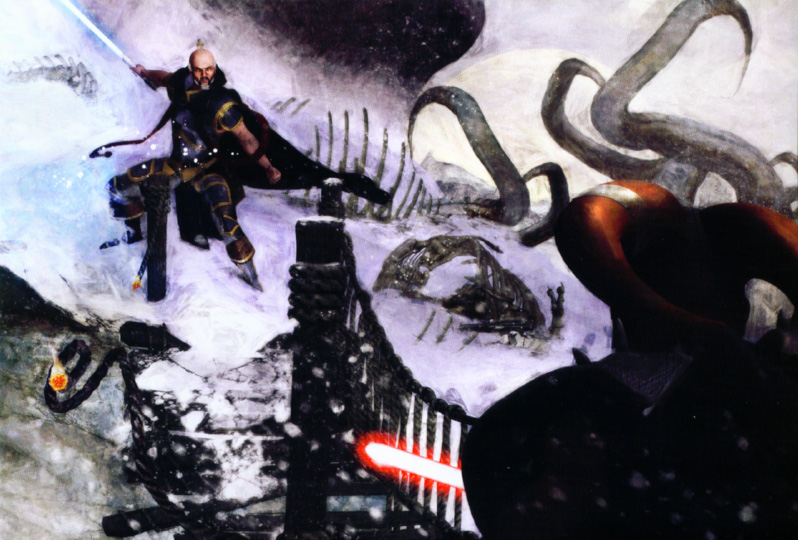
Though formed out of necessity and poorly equipped with only the resources available to the participating Jedi Lords, the Army of Light, under Lord Hoth's command, achieved significant victories, albeit at a great cost. Alongside other Republic heroes such as Kiel Charny and Valenthyne Farfalla, Hoth drove the Brotherhood from the Cloak of the Sith and numerous other worlds, including the planet which was his namesake, Dromund Kaas, and Malrev IV. However, this initial period of success eventually waned. The Army of Light was outnumbered by the Brotherhood, and the Sith launched their own offensive, capturing key Republic planets and advancing into the Core Worlds.
Hoth responded by uniting the Republic's scattered forces, reinforcing the Army of Light. Serving as a General for the Republic, Hoth secured more than half a dozen victories, became a HoloNet celebrity, and, by 1003 BBY, had been appointed commander of the Republic Military. Still facing numerical inferiority, he altered his strategy from engaging in large-scale battles with armies and navies to targeting the Sith themselves, particularly their leaders, the Dark Lords. To this end, he directed many of his Jedi to launch an assault on the Sith-held world of Ruusan, hoping to draw Kaan's armies away from the Core. Kaan chose to bring his Sith instead, intent on eliminating the Jedi in one decisive blow.
The initial three battles took place in space and were swift and decisive. However, the growing importance of Ruusan to both sides transformed the conflict into a protracted and bloody ground war that devastated the planet's surface. Hoth would spend the final two years of his life fighting for control of the planet.
As the strength of both sides diminished, Hoth sought ways to reinforce his dwindling Jedi forces. Not all Jedi had answered the call to come to Ruusan, either believing that Hoth had turned the war into a personal vendetta and was merely prolonging it, or simply choosing to support the Republic on other worlds, and now he sought their assistance. Valenthyne Farfalla, whom Hoth had always disliked, volunteered to seek out those Jedi and request their aid, believing that their refusal was partly due to Hoth's bluntness and that they would respond better to his style of diplomacy and persuasion. He left Ruusan, promising to return with three hundred Jedi Knights. To conserve what strength he had until Farfalla returned, Hoth shifted tactics from open combat to guerrilla warfare, using the planet's rainy season and its vast forests as cover.
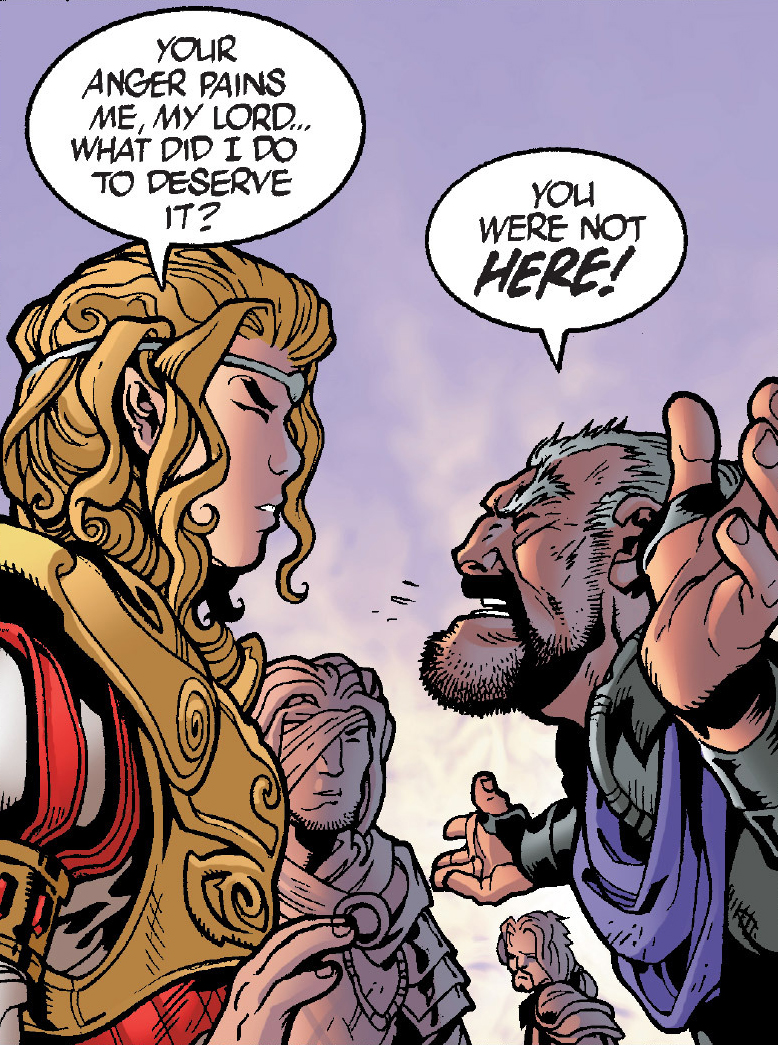
Hoth had fought the Sith relentlessly, but the death of his close friend Pernicar in a Sith attack temporarily shook his resolve. The arrival of Farfalla shortly after the attack, too late to save his friend, further widened the gap between the two Jedi. Sith tactics, too, had become more brutal with the arrival of the aggressive Sith Lord Darth Bane. The Dark Lords sent a decoy force to attack the Army of Light and then, using the dark side of the Force, summoned a massive wave of destruction that burned the forests of Ruusan, resulting in widespread slaughter. Only the timely arrival of Farfalla's reinforcements breaking through the Sith blockade saved them.
Weighed down by the endless stalemate, the miserable conditions, declining troop morale, and the loss of so many lives, Hoth began to seriously contemplate abandoning Ruusan to the Sith, even though he knew that this would be a betrayal of everything he stood for. The Jedi Master faced an impossible decision. During this crisis of faith, Pernicar appeared to him in a dream. Hoth sought the advice of his old friend, as Pernicar had often provided while alive, and Pernicar urged him to trust in the Force, to resist despair, and to resolve the situation with Farfalla. Upon awakening, Hoth sent an apology to Farfalla through an envoy, and the two combined their forces to push back the Sith. The Jedi finally gained the upper hand, and with Kaan fleeing into the hills and caves and the Army of Light's morale improving, Hoth decided to advance and launch an assault on Kaan's base camp.
Although he was prepared for battle, Hoth wanted Kaan to surrender in order to prevent further bloodshed on both sides. Preparations for the final battle were not entirely optimistic. Hoth and Farfalla suspected a trap on the part of the Sith, and the Jedi Tal had a premonition of disaster. Nevertheless, the general saw no other option and chose to press forward.
Hoth and Farfalla initiated their attack in the morning. Farfalla led the advance, while Hoth brought up the rear. With the Dark Lords summoned by Kaan to the caves to prepare a thought bomb, a devastating burst of Force energy that would eradicate all life within its range, the battle was over by the time Hoth's forces arrived, with most of the Sith captured alive and almost no casualties to the Army of Light. Hoth made his way towards Kaan's encampment but was stopped by Farfalla, who warned him of the thought bomb. Hoth, however, had already sensed it and knew that he had to prevent Kaan from using it to cause even more destruction by either forcing him to detonate it on Ruusan or convincing him to surrender.
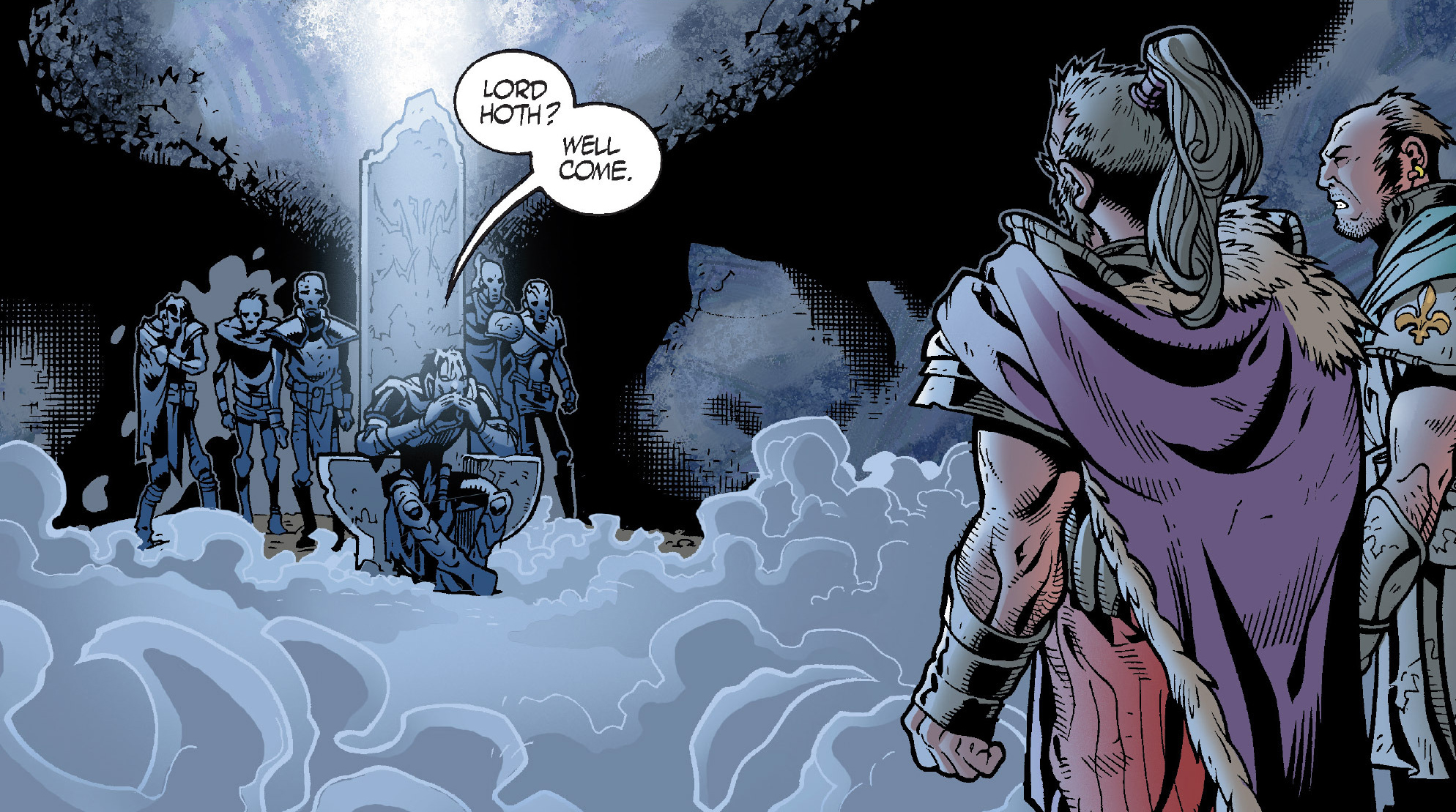
He and the Army entered the canyon where the entrance to the caves was located, passing poles adorned with the bodies and severed heads of the Jedi who had perished in the previous battles. Leaving Farfalla and the majority of the army outside the caverns and ordering them to retreat as far as possible from the blast site, he took one hundred Jedi, all volunteers, with him. Together, they descended into the tunnels leading to Kaan's chamber, where he and the Dark Lords awaited, the power of the thought bomb permeating the air around them. Kaan greeted Hoth, and Hoth responded that the Sith Lord could not intimidate him with the prospect of death. Recognizing the madness that had consumed Kaan, Hoth realized that he would not surrender and lunged at him, attempting to kill him before he could activate the thought bomb. However, he was too late, and with a clap of his hands, Kaan unleashed the power of the dark side of the Force. Lord Hoth and all the Jedi with him were killed. Their spirits remained trapped within the caverns by the power of the thought bomb and would not be freed until Jedi Knight Kyle Katarn came to Ruusan over 1,000 years later.
Following Hoth's death, his former Padawan, Johun Othone, appealed to the Jedi and Republic to erect a memorial to the Army of Light on Ruusan. The Jedi rejected his request, wishing to forget the tragedy, but the Senate chose to honor it. Othone had a mausoleum built in what had become known as the Valley of the Jedi. A statue of Hoth was erected in the Valley, towering above those of the many other members of the Army. When Kyle Katarn visited this site one year after the Battle of Endor, he received a vision from the spirit of Tal, in which he saw Lord Hoth from Tal's perspective on the day of the last battle. Hoth was also honored by having the central star of the Ruusan system named Hoth's Brand.
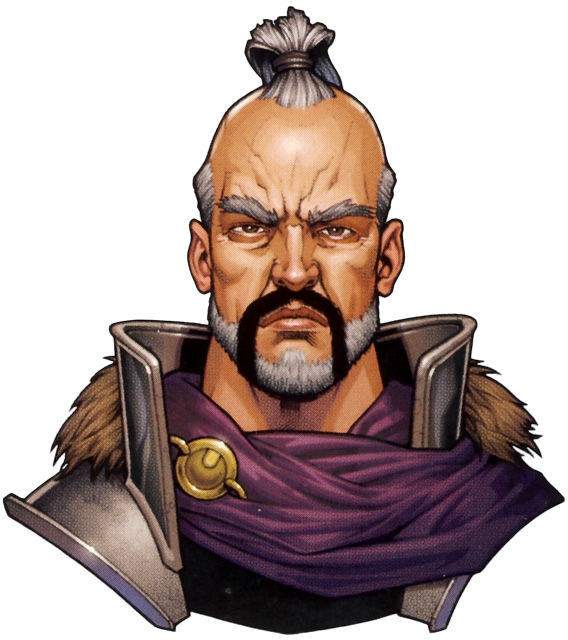
In his youth, Hoth was an idealist who envisioned only complete victory. He believed he could single-handedly eliminate the Sith threat to the galaxy and, accordingly, joined the Jedi Order and rose to the rank of Master. After achieving several victories for the Republic during the New Sith Wars, Hoth became disillusioned with the galaxy. By the time of the final Battle of Ruusan, the once-idealistic youth had transformed into a cynical and weary veteran. His closest friend and primary advisor was fellow veteran Pernicar.
Hoth was a highly capable military commander, having led Republic forces to numerous victories over the Sith. The hastily assembled Army of Light, which he raised from scratch, managed to drive the Sith away from numerous planets, despite being poorly equipped and including children in its ranks. After uniting the Republic's scattered forces, he concluded that concentrating assaults on the Sith Lords themselves, rather than their armies, would draw the armies away from the Core.
Despite leading a powerful army, Hoth was a man dedicated to peace. He was known as a cunning and steadfast general and a master of strategy, and he was regarded as a hero by the Republic. In the later stages of the New Sith Wars, his exploits were widely known, even in remote colonies in the Outer Rim Territories. However, as the war dragged on, Hoth became increasingly consumed by his anger, and his inability to control his emotions nearly jeopardized the entire Jedi campaign.
Hoth frequently clashed with his contemporary Lord Farfalla, whose flamboyant nature was the antithesis of Hoth's pragmatism. Unlike the charismatic Farfalla, Hoth had little patience for diplomacy, and his bluntness often brought him into conflict with his peers. Hoth only sought reconciliation with Farfalla after being advised to do so by the recently deceased Pernicar, who appeared to him in a dream. Pernicar also advised Hoth to trust in the Force; these words of wisdom resolved a crisis of faith that Hoth was experiencing, during which he had seriously considered abandoning Ruusan to the Sith. Although he had been reluctant to consider it, the increasingly dire situation and the low morale of his troops had weighed heavily on him. Ultimately, Hoth's decision to combine his forces with Farfalla turned the tide of the Ruusan campaign in their favor.
When he realized that he had to face certain death to ensure the downfall of the Brotherhood of Darkness, whether through their mass surrender, destruction in battle with the Jedi, or the unleashing of the thought bomb, he ordered the other Jedi Masters to retreat with the majority of their forces, going in himself with a heavy heart, accompanied by ninety-nine other fully informed Jedi volunteers, sacrificing themselves to force the use of the bomb and the destruction of the Brotherhood of Darkness.
Lord Hoth eliminated thousands of Sith warriors and could cut down his enemies with his blade, although he was not quick enough to kill Lord Kaan before the Sith used his Thought Bomb. He could also create stasis fields to imprison Sith, even without looking at them. Furthermore, he had a premonition when all the Dark Lords, guided by Darth Bane, were using a Sith ritual to rain hundreds of lightning bolts from the sky on his army, enabling him to order a timely retreat. He could also use Force empathy to understand the emotions of those around him. Hoth was knowledgeable in Sith Magic enough to know what a Thought Bomb was and sensed the massive power of the bomb as he approached it.

Lord Hoth was conceived by William C. Dietz for the 1998 graphic novella Dark Forces: Jedi Knight, in which he appears in a vision to Kyle Katarn. The character also plays a significant role in Darko Macan's 2001 comic series Star Wars: Jedi vs. Sith and in Drew Karpyshyn's 2006 novel Darth Bane: Path of Destruction. The icy planet of Hoth, famous for its appearance in the 1980 film Star Wars: Episode V The Empire Strikes Back, shares a name with Lord Hoth, and while Valenthyne Farfalla remarks in Jedi vs. Sith that "Lord Hoth's heart is as cold as an ice planet," Karpyshyn stated that, to his knowledge, there was no in-universe connection between the two. He further speculated that Macan intended the name to reflect the character's cold, grim demeanor.
However, 2012's The Essential Guide to Warfare finally established a connection between the man and the planet. Authors Jason Fry and Paul R. Urquhart were hesitant due to the world's isolation in The Empire Strikes Back—set in 3 ABY—but they ultimately decided to do so when the 2011 MMORPG Star Wars: The Old Republic established that it was a well-known planet thousands of years before the events of Jedi vs. Sith. Urquhart has stated that the decision paid quiet homage to a fantasy he had as a child of ancient Jedi Knights riding tauntauns on the icy world. Urquhart also speculated that Hoth may have been named after the famed Mandalorian Rohlan Dyre, who, at the time of the New Sith Wars, could have been viewed as a hero by Jedi troubadours. Urquart has also revealed that his original proposal for Hoth's birth name was Kyprianus von Urron zu Hoth and that the name of the character Makkor von Urron is intended to refer to this name.
There is an inconsistency in Hoth's description between Dark Forces: Jedi Knight and later sources. Jedi Knight describes him at the time of the Battle of Ruusan as "a giant of a man with shoulder-length blond hair, a lantern-shaped jaw, and ice-blue eyes," while Jedi vs. Sith and all sources based on it depict him with gray hair and brown eyes.

There are also conflicting accounts of the battles of Ruusan between Jedi vs. Sith and Path of Destruction. The most significant of these differences is the timing of Pernicar's death in relation to Farfalla's arrival and his reconciliation with Hoth. Jedi vs. Sith places Pernicar's death during the Sixth Battle of Ruusan, when the Dark Lords of the Sith use the Force to unleash a firestorm across the surface of Ruusan. In Darth Bane: Path of Destruction, some time before the sixth battle, Pernicar and Hoth are traveling in a supply convoy in the forests of Ruusan when they are ambushed by the Sith. Pernicar is killed in the attack, but Hoth is saved by the timely arrival of Valenthyne Farfalla. Both stories share several common elements—these include Pernicar dying in the vicinity of Hoth, Farfalla arriving shortly after, and Hoth being angry at Farfalla over Pernicar's death before later apologizing. There has been no official explanation or harmonization of these two accounts.
Hoth appeared in the artwork by Wayne Lo titled "Unused Jedi Temple mosaic" for the second season of the Star Wars: The Clone Wars television series. It was included in the production journal of the Star Wars: The Clone Wars The Complete Season Two. The concept art also depicted Valenthyne Farfalla leading the Army of Light and the death of Pernicar.